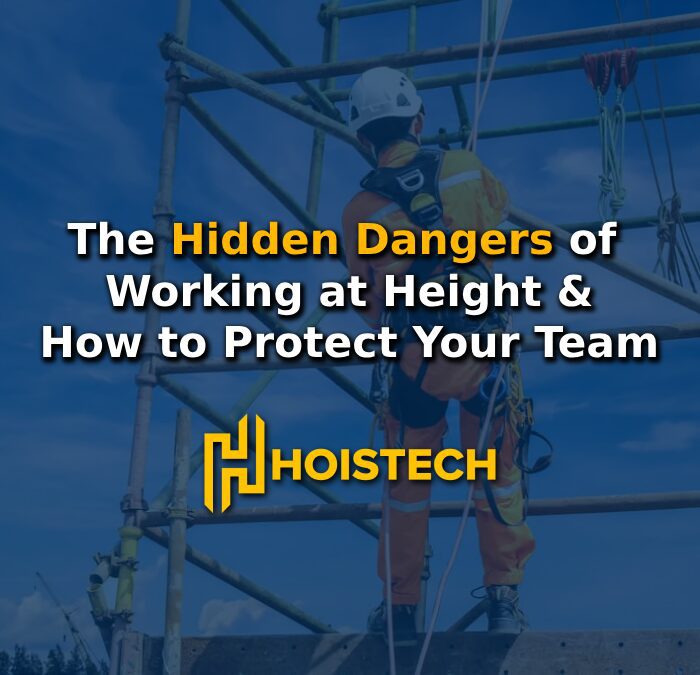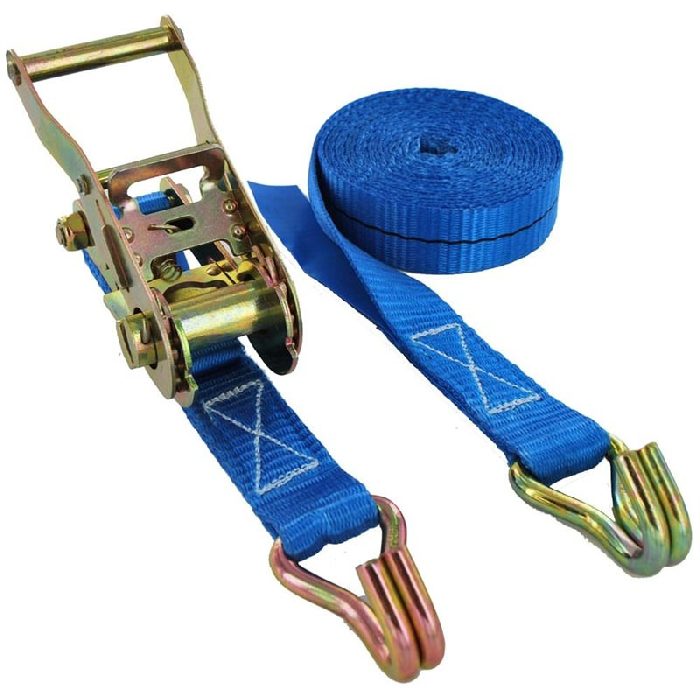Working at height remains one of the most hazardous tasks in construction, manufacturing, and other industrial sectors. The risks of falling, which can lead to serious injury or death, make this topic a top priority for businesses. While safety equipment and procedures are essential, many companies fail to invest in a comprehensive strategy to minimize these dangers.
This guide explores the key regulations surrounding working at height, practical safety solutions, and actionable steps that businesses can implement to protect their workers and maintain compliance with the law.
The Risks of Working at Height
In industries such as construction, where employees often work at elevated levels, falls are one of the most common causes of fatal injuries. The consequences of failing to provide appropriate protection can range from severe injury to loss of life, along with legal and financial repercussions for businesses. Learn more about the risks involved in working at height through Supply of Lifting Solutions.
Legal Regulations Governing Working at Height
The primary legal framework regulating working at height in Ireland is the *Safety, Health, and Welfare at Work (General Application) Regulations 2007, Part 4: Work at Height*. This legislation lays down a series of specific duties for employers, such as conducting risk assessments, ensuring the use of appropriate safety equipment, and providing workers with adequate training. For more on safety standards, explore Hoistech’s Inspection & Certification.
Solutions for Mitigating Risks at Height
While legal compliance is crucial, businesses must go beyond the minimum requirements to effectively mitigate risks. Here are some practical safety solutions that companies should adopt to ensure worker safety and operational efficiency:
- Comprehensive Risk Assessments: Each task involving work at height should be preceded by a detailed risk assessment. Employers must evaluate the work environment, identify potential hazards, and determine what control measures are necessary. This process should be continuously reviewed and updated as needed, particularly when working conditions change. Hoistech’s Training programs provide essential safety education for businesses.
- Use of Safety Equipment: Choosing the right safety equipment is key to preventing falls and other accidents. This includes fall arrest systems, guardrails, safety nets, and personal protective equipment (PPE) like harnesses and helmets. For equipment, visit Hoistech’s Shop Lifting Equipment
- Proper Training: Even the best equipment is ineffective without proper training. Workers must be educated on how to safely operate at height, how to use safety gear, and how to respond in case of an emergency. Regular refresher courses are essential to ensure that employees remain vigilant and up-to-date on the latest safety protocols.
Importance of Height Safety in Various Industries
Different industries present unique challenges when it comes to working at height. Construction, for instance, is a high-risk sector where tasks such as erecting scaffolding, working on roofs, and installing electrical systems require strict safety measures. In manufacturing, maintenance tasks involving elevated platforms or cranes also present dangers that need careful attention. Discover how to maximize uptime and minimize risks through Hoistech’s Maintenance & Breakdown of Lifting Equipment.
Consequences of Neglecting Height Safety
The failure to prioritize height safety can lead to dire consequences. Accidents not only result in physical harm but also have emotional and financial repercussions. Injured workers may require extended recovery periods, leading to a loss of skilled labour and increased costs for medical expenses and legal fees.
Creating a Culture of Safety in Your Business
Developing a safety-first culture within your organization requires the commitment of leadership and workers alike. Management must lead by example, implementing strict safety protocols, investing in training, and fostering open communication. Workers should feel empowered to report potential hazards or unsafe conditions without fear of retaliation.
Conclusion: Practical Steps for Business Owners
For businesses looking to improve height safety, the following steps can serve as a guide to ensure worker protection and regulatory compliance:
- Conduct thorough risk assessments: Before any work at height begins, conduct a detailed evaluation of the risks and necessary control measures.
- Invest in quality safety equipment: Ensure that your workers have access to the best available safety gear and that it is regularly maintained and inspected.
- Provide regular training: Equip your employees with the knowledge they need to safely perform their jobs and react to emergency situations.
- Stay compliant with regulations: Make sure your business adheres to national safety standards and guidelines to avoid penalties and legal issues.
- Encourage a safety-first culture: Foster a work environment where safety is a top priority, and workers feel comfortable voicing concerns or suggestions for improvement.
By taking these steps, businesses can not only ensure the safety of their workers but also build a strong foundation for growth, productivity, and success.
Want to know more about how we can help? Contact us today!


